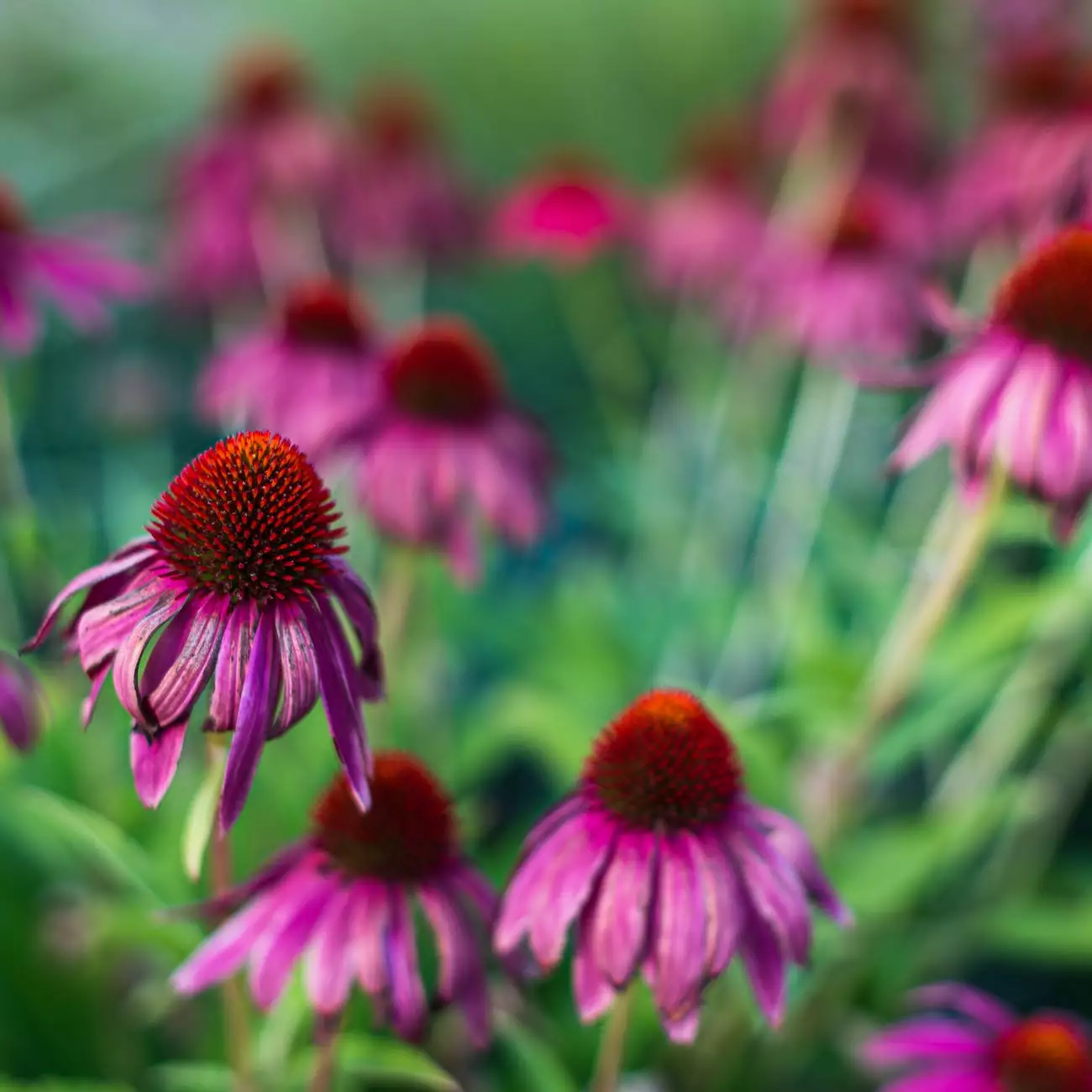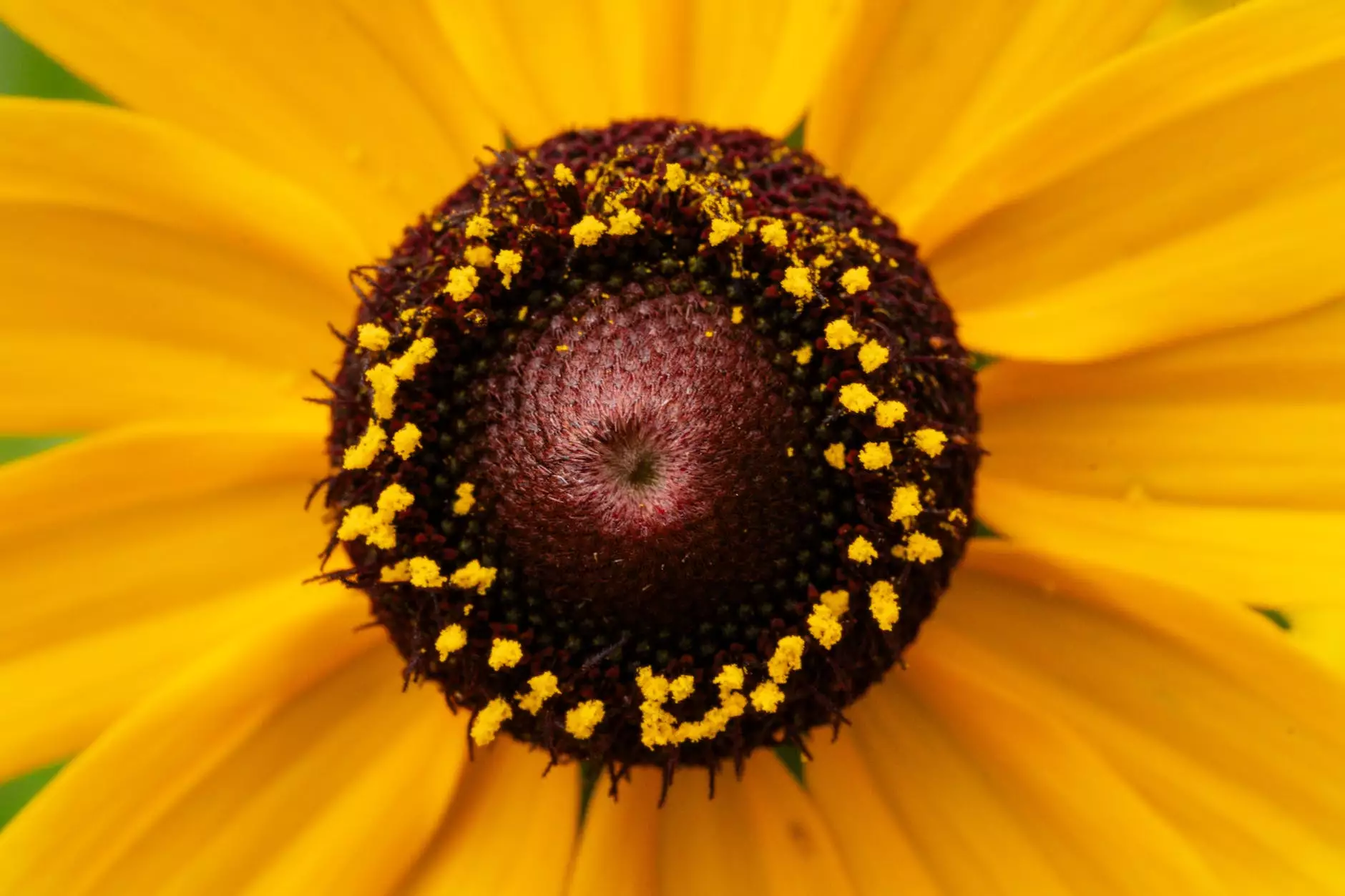Purple Coneflower (Echinacea Purpurea) Plants | Two Live Plants | Non-GMO | Perennial Flower | Pollinator Favorite

Introduction
Welcome to Fire Appliance, your source for high-quality Purple Coneflower (Echinacea Purpurea) plants. Our two live plants are non-GMO, perennial flowers that are known to be a favorite among pollinators. If you're looking to add beauty and biodiversity to your garden, these Purple Coneflowers are the perfect choice.
What makes Purple Coneflower special?
Purple Coneflower, scientifically known as Echinacea Purpurea, is a stunning perennial flower species native to North America. It is highly valued for its vibrant purple petals and distinctive cone-shaped center. Apart from its visual appeal, Purple Coneflower offers several benefits that set it apart from other flowering plants.
Firstly, Purple Coneflower is a hardy plant that can thrive in various soil conditions and climates, making it a suitable choice for both experienced and novice gardeners. Additionally, these plants are known for their long blooming period, ensuring constant color and beauty throughout the summer season.
Furthermore, Purple Coneflower acts as a magnet for pollinators, attracting bees, butterflies, and other beneficial insects to your garden. These pollinators play a vital role in the ecosystem by aiding in the reproduction of plants and the overall health of your garden.
Benefits of Purple Coneflower
1. Pollinator Favorite
As mentioned earlier, Purple Coneflower is a favorite among pollinators. Bees and butterflies, in particular, are drawn to its bright petals and abundant nectar. By planting Purple Coneflower in your garden, you can provide a valuable food source for these important pollinators and contribute to their survival.
2. Medicinal Properties
Purple Coneflower has a long history of medicinal use among Native American cultures. It is believed to possess immune-boosting properties and is often used in natural remedies. Many people also use Purple Coneflower supplements to support their overall well-being.
3. Low Maintenance
If you lead a busy lifestyle or simply prefer a low-maintenance garden, Purple Coneflower is an excellent choice. These plants require minimal care once established, making them suitable for both residential and commercial landscapes. Regular watering and occasional fertilization are usually sufficient to keep them healthy and thriving.
4. Wildlife Habitat
Purple Coneflower not only attracts pollinators but also provides shelter and food for other wildlife. Birds, such as goldfinches, love to feast on the seeds of the mature flowers. By cultivating Purple Coneflower in your garden, you can create an inviting habitat for various creatures and enhance the biodiversity of your surroundings.
How to Grow Purple Coneflower
1. Site Selection
Choose a sunny location in your garden that receives at least six hours of direct sunlight per day. Purple Coneflower thrives in well-drained soil, but it can adapt to different soil types, including sandy or clay soils. Make sure the planting area has good drainage to prevent waterlogging, which can be detrimental to the plants' health.
2. Planting
Prepare the soil by removing any weeds and incorporating organic matter to improve fertility. Dig a hole slightly larger than the root ball of the Purple Coneflower plant and place it in the hole at the same depth it was in the pot. Backfill the hole and gently firm the soil around the plant. Water thoroughly after planting.
3. Watering and Maintenance
While Purple Coneflower is drought-tolerant once established, regular watering is essential during the initial stages of growth. Water the plants deeply but infrequently to encourage deep root development. Mulching around the base of the plants can help retain moisture and suppress weed growth.
Deadheading (removing faded flowers) can prolong blooming and prevent self-seeding, although some gardeners prefer to leave the seedheads for wildlife. In early spring, cut back the dead foliage to make way for new growth.
4. Division and Propagation
Over time, Purple Coneflower can form large clumps that may benefit from division. Divide the plants every few years in early spring or fall to maintain their health and vigor. This process also allows you to propagate more Purple Coneflower plants and expand your garden's display.
Conclusion
In conclusion, Purple Coneflower (Echinacea Purpurea) is a spectacular perennial flower that offers numerous benefits for both your garden and the environment. With their vibrant purple petals, long blooming period, and ability to attract pollinators, these plants are a must-have for any nature lover or gardening enthusiast.
At Fire Appliance, we take pride in providing high-quality Purple Coneflower (Echinacea Purpurea) plants that are non-GMO and guaranteed to enhance the beauty of your outdoor space. Create a vibrant pollinator-friendly garden with our two live plants and experience the joy of welcoming a plethora of butterflies and bees.
Don't miss out on the opportunity to add Purple Coneflower to your garden collection. Purchase our Purple Coneflower (Echinacea Purpurea) plants today and enjoy the beauty and benefits they bring!




